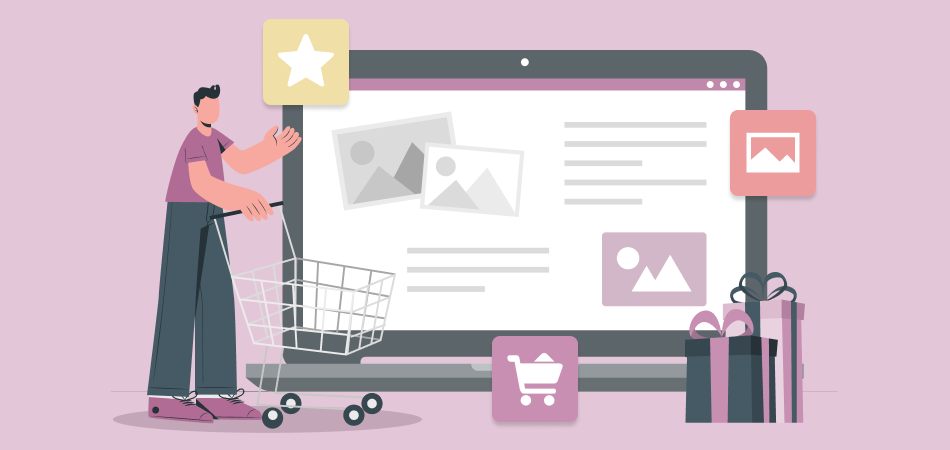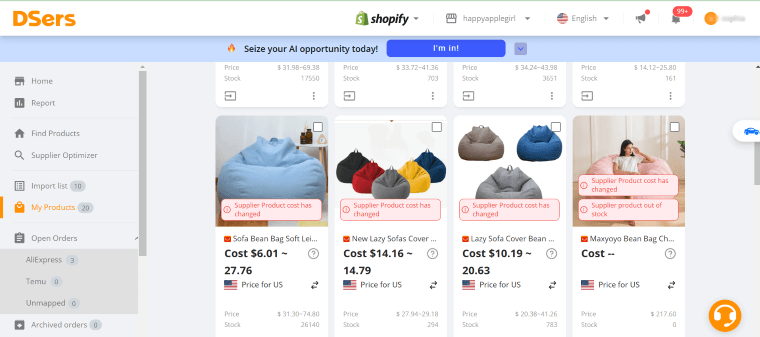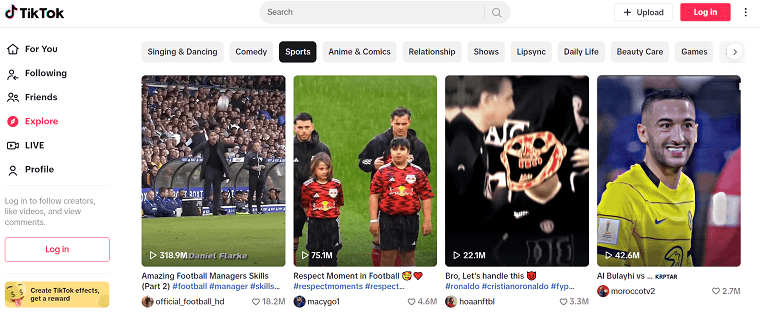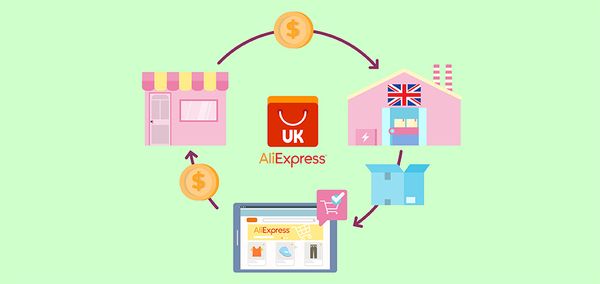Shoppable Images: How They Transform the E-commerce World 2025

The e-commerce world is evolving constantly, with new technologies and strategies emerging to meet the demands of consumers and businesses alike. One such innovation that has gained significant traction in recent years is the concept of Shoppable Images.
As we head into 2025, the use of shoppable images is expected to be even more widespread. This article will explore what shoppable images are, why they are so important how they benefit businesses, how to create them, and where to leverage them for maximum impact.
What Is a Shoppable Image
A shoppable image is a digital image embedded with interactive hotspots or clickable elements that allow consumers to purchase products directly through the image itself. This could be anything from a photograph of a fashion outfit, a styled home décor scene, or a product layout. By clicking on specific areas or items within the image, shoppers are taken to a product page or checkout flow where they can learn more about the item and make a purchase.

Shoppable images can be integrated with e-commerce platforms and social media networks, making them a seamless part of the customer journey. They work by linking individual products or product categories to their respective e-commerce listings. This means that consumers can easily transition from browsing to buying with just a click, making the shopping process more efficient and enjoyable.
The power of shoppable images lies in their ability to provide a visual and interactive shopping experience. They eliminate the need for consumers to leave the page, search for products, or navigate through multiple links. Instead, everything they need to purchase is right in front of them, in a natural and intuitive way.
Importance of Shoppable Images
Shoppable images have become an increasingly important tool for businesses as they look to create more engaging, interactive shopping experiences. Here’s why they’re so important.
1. Rising Consumer Expectations
In the digital age, consumers are accustomed to instant gratification. They expect a fast and frictionless shopping experience, especially on mobile devices. Shoppable images offer just that by enabling consumers to purchase directly from an image without leaving the page or searching for the product elsewhere.
This direct-to-purchase experience reduces the time it takes for consumers to make a decision, leading to quicker conversions and a higher likelihood of sales. As consumer expectations continue to evolve, shoppable images provide a solution to meet these demands for convenience and speed.
2. Visual Storytelling
The power of imagery in e-commerce cannot be overstated. Studies show that consumers are more likely to engage with products that are presented in an attractive, high-quality visual format. Shoppable images take this concept a step further by making the image not just a tool for showcasing products, but an integral part of the shopping process itself.
By combining high-quality visuals with the ability to purchase directly from the image, shoppable images allow brands to tell a more compelling brand story. Whether it’s a fashion brand showcasing an entire outfit or a home décor company displaying a fully furnished living room, shoppable images help create a more immersive and inspiring shopping experience.
3. Integration with Social Media
Social media is one of the most powerful channels for e-commerce in 2025. With billions of users on platforms like Instagram, Facebook, Pinterest, and TikTok, brands are increasingly leveraging these networks to showcase their products and drive sales. Shoppable images have become a natural extension of this trend, allowing businesses to turn their social media posts into direct sales opportunities.
When consumers engage with brands on social media, they expect to be able to make purchases directly from the platforms. Shoppable images make this possible by integrating e-commerce links directly into social media posts, enabling users to shop seamlessly without having to leave the platform.
4. Increased Conversion Rates
One of the biggest benefits of shoppable images is the ability to increase conversion rates. Because they provide a seamless, visually engaging shopping experience, shoppable images have been shown to reduce the friction in the customer journey and encourage more purchases.
In a typical e-commerce environment, consumers might browse through a site, look at product pages, and then leave without making a purchase. With shoppable images, businesses make it easier for consumers to make immediate purchases by presenting the products in a way that’s both visually appealing and directly actionable.
5. Data Insights and Analytics
Shoppable images also provide valuable insights into consumer behavior. By tracking which areas of the image consumers are clicking on, businesses can gain a deeper understanding of what products are catching their audience’s attention. These insights can be used to refine marketing strategies, optimize product placements, and enhance future campaigns.
In addition to tracking clicks, businesses can gather data on the number of purchases made through shoppable images, providing them with a clearer picture of how well these images are performing and whether they are contributing to revenue growth.
How Shoppable Images Benefit Businesses
Shoppable images provide a wealth of benefits to businesses looking to increase engagement, boost conversions, and enhance their overall e-commerce strategy. Below are some of the key ways shoppable images can benefit your business.
1. Enhanced Customer Experience
Shoppable images make the shopping process more intuitive and enjoyable for customers. They reduce the need for complicated searches or navigation, allowing shoppers to see products in context and make purchases with minimal effort.
For example, a customer browsing through a lifestyle image of a kitchen might click on a countertop, which links directly to the product page for that specific item.
2. Increased Product Discovery
Shoppable images allow businesses to showcase multiple products in a single image, offering greater visibility to a wider array of items. For instance, in a fashion lookbook, a brand can feature an entire outfit and tag each product—such as the shirt, pants, shoes, and accessories.
This increases product discovery, as customers are exposed to a larger selection of items, some of which they may not have initially searched for.

|
Find Better Supplier For Products DSers Supplier Optimizer - One click to filter out the most proper suppliers for your products |
3. Boosting Social Commerce
As social media continues to play a dominant role in the e-commerce landscape, shoppable images are an essential tool for businesses looking to capitalize on social commerce.
Platforms like Instagram, Pinterest, and TikTok have integrated shoppable features that allow users to purchase directly from images posted by brands or influencers.
4. Higher ROI on Content
Content marketing is a cornerstone of modern e-commerce, but creating content that drives sales can be challenging. Shoppable images provide a way to make your content more actionable, turning passive engagement into actual sales.
With shoppable images, businesses can ensure that their content—whether it’s an editorial feature, a product demo, or an influencer collaboration—delivers a higher return on investment (ROI).
5. Seamless Mobile Shopping
In 2025, mobile shopping is expected to dominate e-commerce, with mobile-first consumers seeking quick, convenient ways to shop on the go. Shoppable images are perfectly suited for mobile environments, offering a quick, touch-friendly way to browse and buy products.
With just a tap or a swipe, consumers can interact with the image and make a purchase, all within the same platform or app.
How to Create Shoppable Images
Creating effective shoppable images requires both creativity and technical knowledge. Here’s a step-by-step guide to help you get started.
1. Choose High-Quality, Engaging Images
The foundation of a successful shoppable image is the quality of the visual itself. High-resolution, clear, and visually appealing images are essential to grab consumers’ attention and showcase products in the best light.
Invest in professional photography or use high-quality stock images that align with your brand’s aesthetic.
2. Use the Right E-Commerce Platform
To create shoppable images, you’ll need an e-commerce platform that supports the integration of this feature. Many modern platforms, including Shopify, BigCommerce, and WooCommerce, allow businesses to easily create and manage shoppable images.

|
Manage Multiple Stores In One Account Multiple Stores Management - Link and manage multiple stores on different platforms in one place |
You’ll also need to integrate these images with your product catalog so that each clickable hotspot links directly to the corresponding product page.
3. Add Interactive Hotspots
Once you have your image ready, you can start adding clickable elements, also known as hotspots. These hotspots can be placed on specific products within the image. When a customer clicks on a hotspot, they should be directed to a product page where they can view additional details and make a purchase.
Make sure the hotspots are marked (e.g., with a “shop now” button or a product tag) so that users know they are interactive. The hotspots should also be optimized for both desktop and mobile devices.
4. Integrate with Social Media Platforms
To maximize the reach of your shoppable images, integrate them with popular social media platforms.
Instagram, Facebook, and Pinterest all support shoppable posts, allowing you to tag products in your images and create an interactive shopping experience directly within your social media feed.
5. Optimize for SEO
To ensure your shoppable images are discoverable, make sure to optimize them for search engines. Use relevant keywords in the image’s alt text, titles, and descriptions.
This helps your products appear in image search results and increases the chances of attracting organic traffic.
Where to Leverage Shoppable Images
Shoppable images can be used across a variety of channels and platforms to enhance the shopping experience and boost sales. Here are some key areas where you can leverage shoppable images.
1. Your E-Commerce Website
The primary place to use shoppable images is your e-commerce website. Integrating shoppable images into product pages, homepages, or category pages can provide a seamless shopping experience, allowing customers to make purchases without leaving the page.
2. Social Media Platforms
As mentioned earlier, social media platforms are a goldmine for shoppable images. Instagram, Facebook, Pinterest, and TikTok all support shoppable features, allowing you to turn your social media posts into direct sales opportunities.

3. Email Campaigns
Incorporating shoppable images into your email marketing campaigns can drive higher engagement and click-through rates. Shoppable images allow recipients to interact with your content directly within the email, reducing friction and encouraging them to make a purchase.
4. Influencer Marketing
Influencer collaborations can benefit greatly from shoppable images. By providing influencers with shoppable content, you can turn their posts into direct sales opportunities, leveraging their audience to drive traffic and conversions.
Conclusion
Shoppable images are transforming the way consumers shop online, offering a more engaging, interactive, and seamless shopping experience. As we move into 2025, businesses that integrate high-quality visuals, use the right e-commerce platforms, and optimize for mobile and social media can tap into the full potential of shoppable images to boost sales and create a more immersive shopping experience for their customers.











 Company
Company
 Why Choose DSers
Why Choose DSers
 Blog
Blog
 Help Center
Help Center




 Live Chat
Live Chat